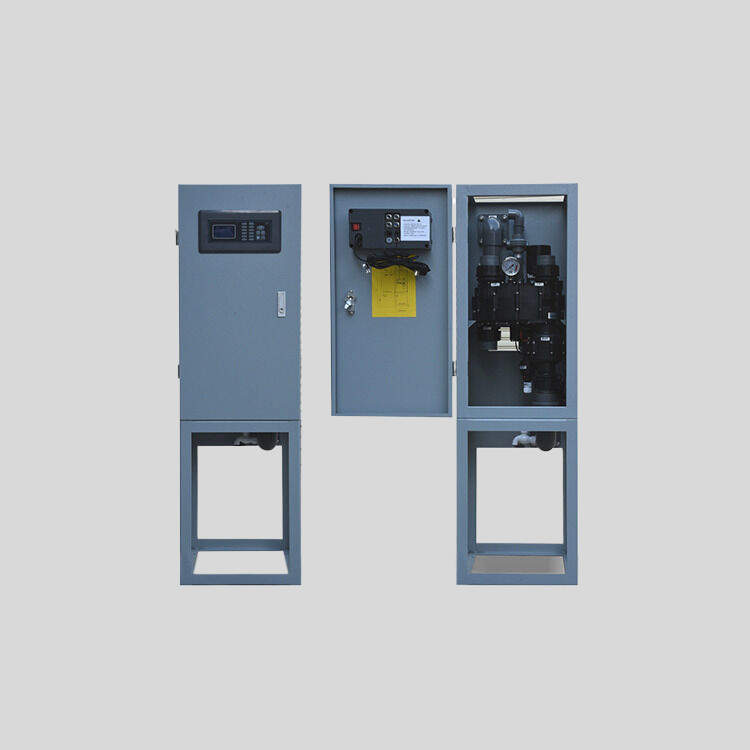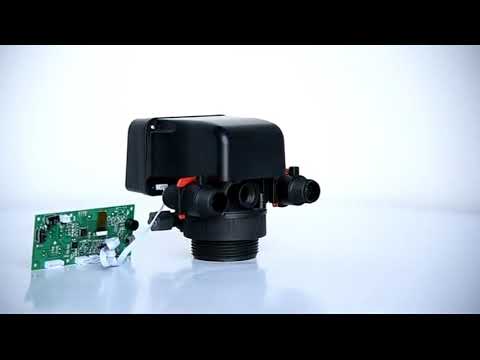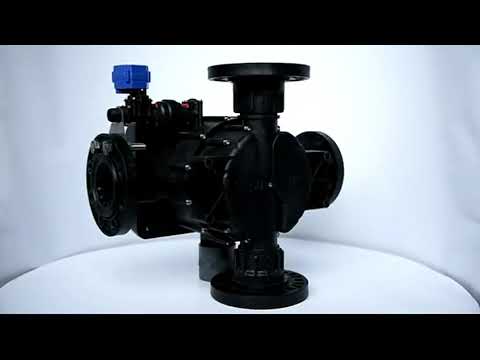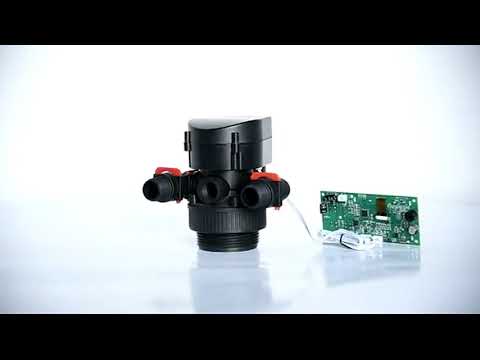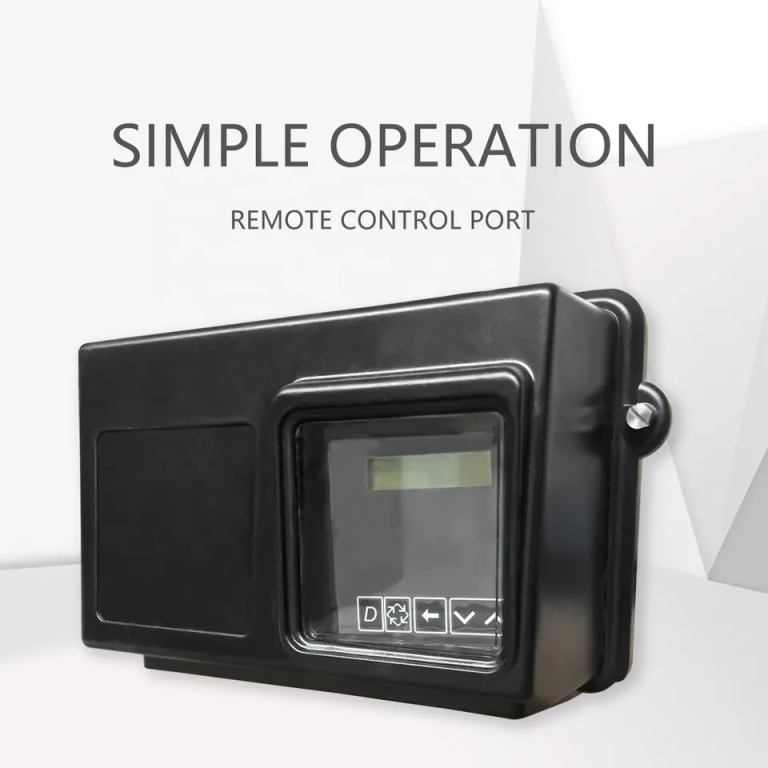Table of Contents
Understanding the Functionality and Applications of 3-Way Control Valves
Control valves are integral components in various industrial processes, playing a crucial role in regulating the flow of fluids. Among the different types of control valves, the 3-way control valve stands out due to its unique functionality and wide range of applications. This article aims to provide a comprehensive understanding of the functionality and applications of 3-way control valves.
A 3-way control valve, as the name suggests, has three ports labeled as A, B, and AB. These ports facilitate the flow of fluid in different directions, making the valve versatile and adaptable to various operational needs. The valve’s primary function is to regulate the flow of fluid, either by mixing or diverting it, depending on the specific requirements of the system.
In the mixing operation, the valve combines flows from two different inlets (A and B) and directs them to a single outlet (AB). This operation is particularly useful in systems where two different fluids need to be mixed in a controlled manner. On the other hand, in the diverting operation, the valve takes a single flow from the inlet (AB) and splits it into two separate outlets (A and B). This operation is beneficial in systems where a single fluid flow needs to be divided into two distinct paths.
| Economical GR-2 | |||
| Model | GR2-2 Meter/ LCD | GR4-2 Meter/ LCD | GR10-2 Meter/ LCD |
| Output Max | 4T/H | 7T/H | 15T/H |
The functionality of 3-way control valves is not limited to just mixing and diverting operations. These valves also play a crucial role in controlling the temperature of the fluid. By adjusting the proportion of hot and cold fluids, the valve can maintain the desired temperature in the system. This feature is particularly useful in HVAC systems, where maintaining a specific temperature is of utmost importance.
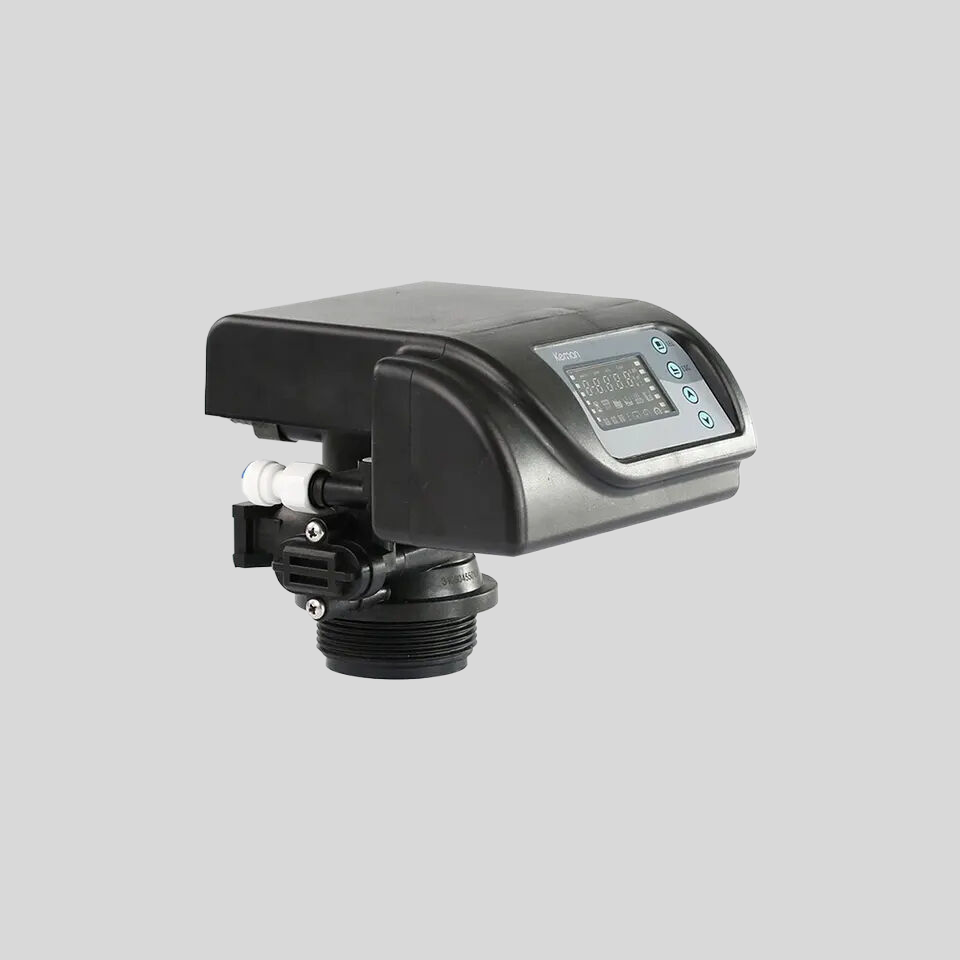
The versatility of 3-way control valves makes them suitable for a wide range of applications. They are extensively used in heating and cooling systems, where they help in maintaining the desired temperature by mixing or diverting the flow of hot and cold water. In industrial processes, these valves are used to control the flow of different fluids, ensuring the smooth operation of the system. They are also used in irrigation systems, where they help in distributing water evenly to different parts of the field.
In addition to these applications, 3-way control valves are also used in power plants, chemical plants, and oil refineries. In power plants, they are used to control the flow of steam, helping in the efficient generation of electricity. In chemical plants and oil refineries, they are used to control the flow of various chemicals and oils, ensuring safety and efficiency in the process.
In conclusion, 3-way control valves are versatile components that play a crucial role in various industrial processes. Their ability to regulate the flow of fluids, either by mixing or diverting, makes them an indispensable part of many systems. Furthermore, their role in controlling the temperature of the fluid expands their application to heating and cooling systems. With their wide range of applications, 3-way control valves continue to be a vital component in various industries, contributing significantly to their efficiency and productivity.
The Role of 3-Way Control Valves in Industrial Processes
The role of 3-way control valves in industrial processes is pivotal, as they are integral components in managing the flow of fluids and gases. These valves are designed to regulate, direct, and control the flow of various substances through a system, ensuring that industrial processes run smoothly and efficiently.
3-way control valves, as the name suggests, have three ports: an inlet and two outlets, or vice versa, depending on the specific application. This unique design allows the valve to manage the flow of substances in two different directions simultaneously. The valve can either mix two incoming flows into one outgoing flow or split an incoming flow into two separate outgoing flows. This versatility makes 3-way control valves an essential tool in a wide range of industrial applications.
In heating, ventilation, and air conditioning (HVAC) systems, for instance, 3-way control valves play a crucial role in maintaining the desired temperature. They do this by mixing hot and cold water to achieve the required temperature, then directing this water to the appropriate part of the system. Similarly, in industrial cooling systems, these valves can mix cold water with warmer return water to maintain the optimal temperature for the process.
In addition to temperature control, 3-way control valves are also used in pressure regulation. In hydraulic systems, these valves can split the flow of hydraulic fluid, allowing for the simultaneous operation of multiple components at different pressures. This ability to control pressure and flow rate makes 3-way control valves indispensable in industries such as manufacturing, oil and gas, and power generation.
Moreover, 3-way control valves are also used in bypass operations. In situations where a piece of equipment needs to be isolated for maintenance or repair, a 3-way control valve can redirect the flow around the equipment, allowing the rest of the system to continue operating without interruption. This function is particularly useful in continuous process industries, where downtime can be costly.
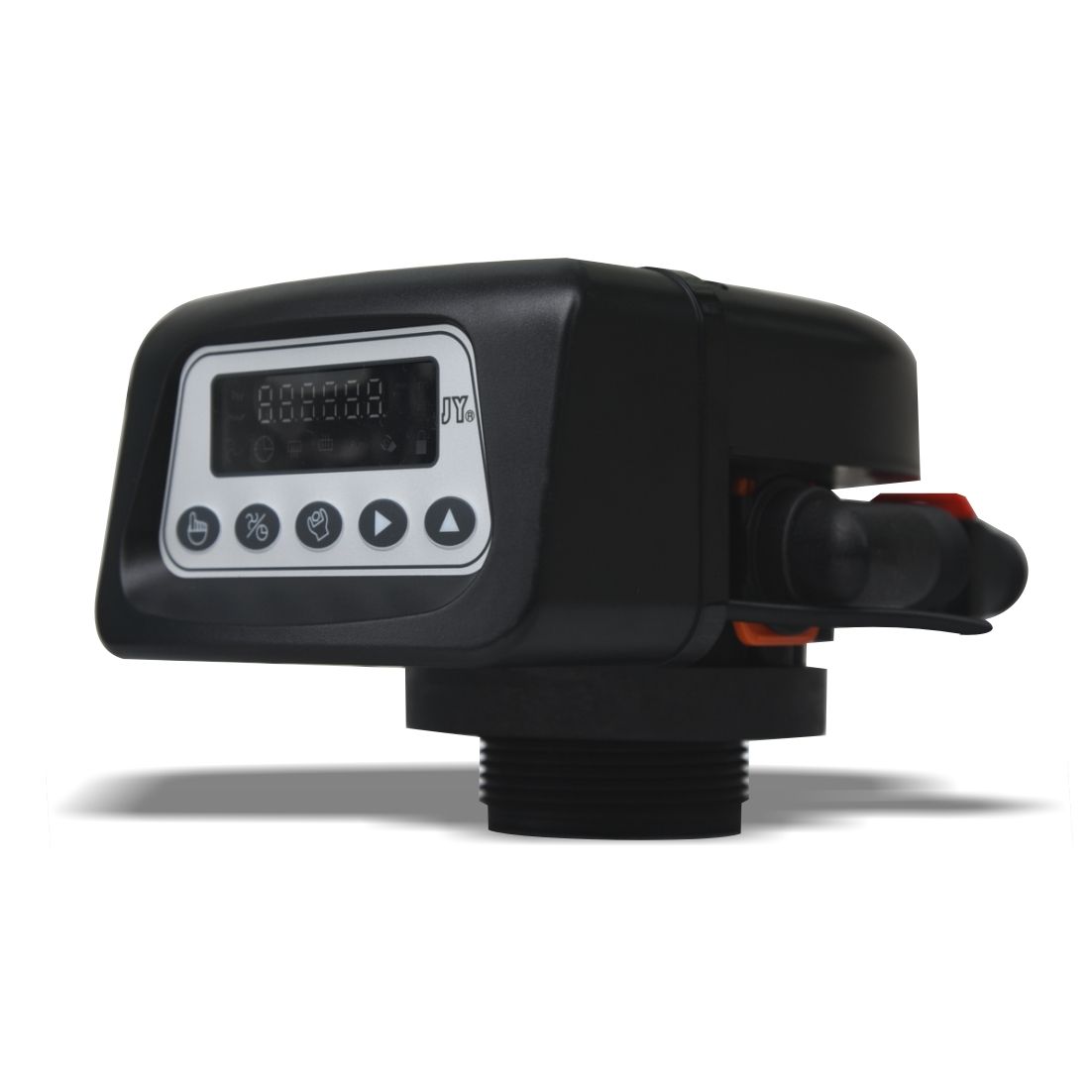
Despite their many applications, the operation of 3-way control valves is not without challenges. These valves must be carefully selected and calibrated to match the specific requirements of the system. Factors such as the type of fluid or gas, the operating pressure and temperature, and the required flow rate all need to be considered when choosing and setting up a 3-way control valve. Furthermore, regular maintenance is necessary to ensure that the valve continues to function correctly and efficiently.
In conclusion, 3-way control valves play a vital role in a wide range of industrial processes. Their ability to control the flow of fluids and gases in multiple directions simultaneously makes them a versatile tool in temperature and pressure regulation, as well as in bypass operations. However, the successful operation of these valves requires careful selection, calibration, and maintenance. With the right approach, 3-way control valves can significantly enhance the efficiency and reliability of industrial processes.
| GL large | ||||
| Model | GL15 Side/Top | GL20 Side/Top | GL40 Side/Top | GL50 |
| Output Max | 18T/H | 25T/H | 48T/H | 70T/H |

